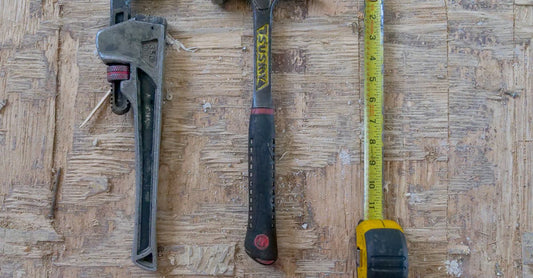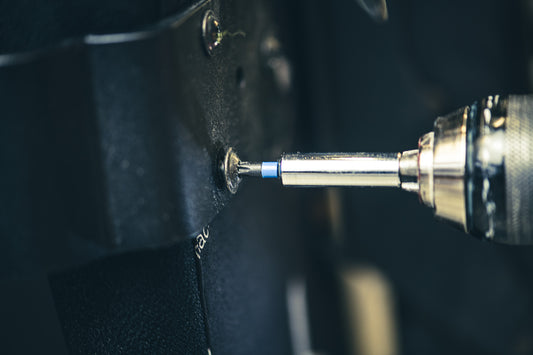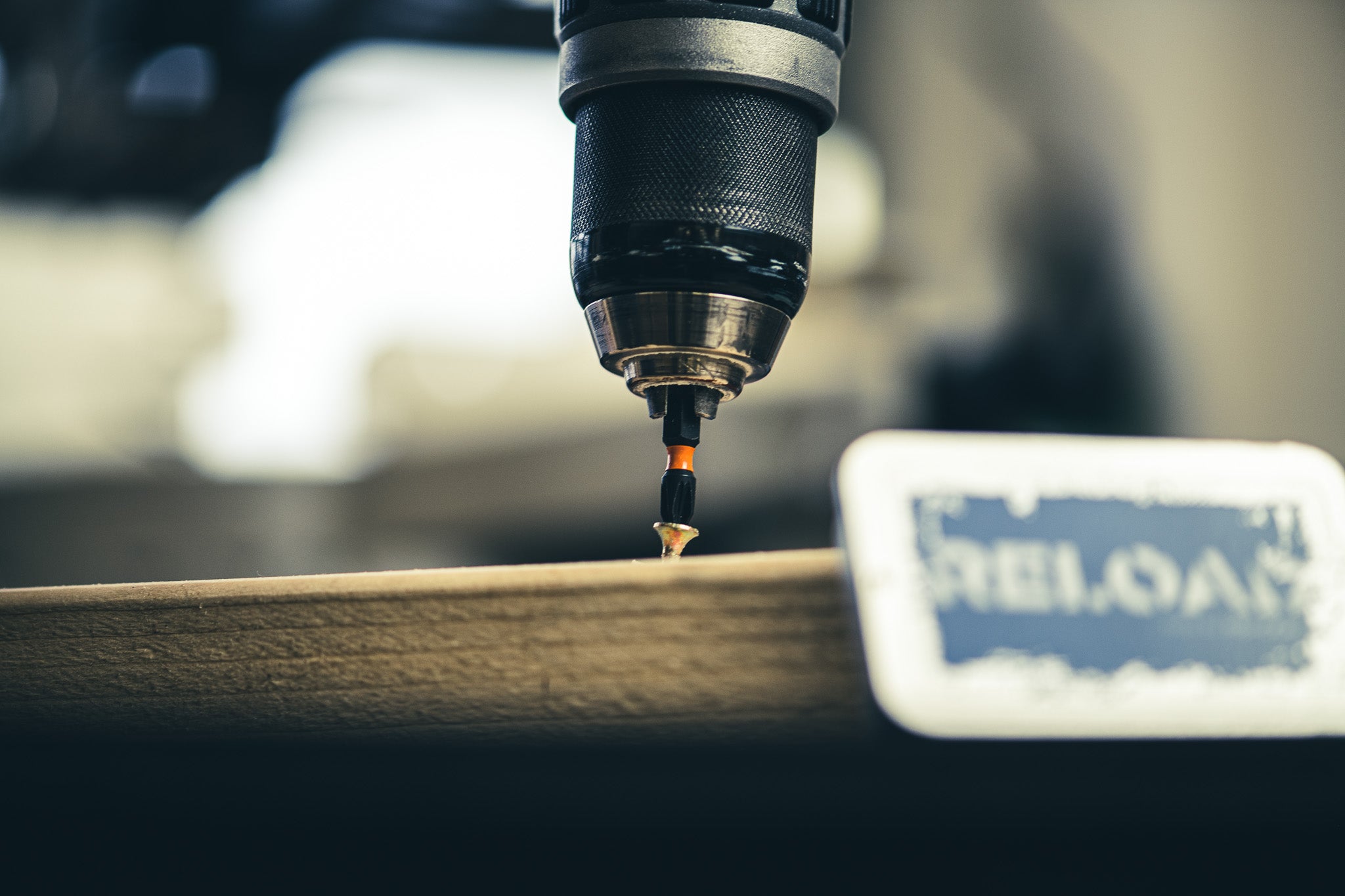PRESH-er REEF VALV
Pressure, Relief, Valve
A valve that releases pressure from a system.
Example usage: We need to install a pressure relief valve to avoid a dangerous situation.
Most used in: Construction sites, industrial applications, and plumbing.
Most used by: Plumbers, engineers, and construction workers.
Popularity: 8/10
Comedy Value: 2/10
Also see: Pressure Relief Valve, Pressure Safety Valve, Pressure Reducing Valve, Pressure Regulating Valve,
What is a Pressure Relief Valve?
A Pressure Relief Valve (PRV) is a safety device used in plumbing systems to regulate the flow of water and prevent pressure from building up to unsafe levels. It is typically installed on hot water tanks, boilers, and other pressurized systems. When the pressure in the system reaches a certain level, the valve opens to release the pressure and then closes again when the pressure has returned to a safe level.
PRV's are essential for preventing hazardous conditions, such as water hammer, which can cause damage to pipes, fixtures, and other equipment. According to the U.S. Department of Labor, pressure relief valves are required on all hot water tanks that hold more than 30 gallons of water, and on all hot water systems that operate over 150 pounds per square inch of pressure.
Plumbers are responsible for the installation, maintenance, and repair of pressure relief valves. They must ensure that the valves are functioning properly, and that they are able to open and close at the correct pressure levels. Additionally, plumbers must ensure that the valves are compatible with the plumbing system and are properly installed.
Pressure relief valves are an important part of a plumbing system and must be regularly inspected and maintained. By ensuring that PRV's are functioning properly, plumbers can help to prevent costly damage and ensure the safety of the system.
Pressure Relief Valves: A History
Pressure relief valves, commonly used in plumbing, are designed to open when a preset level of pressure is exceeded. This helps to protect the system from overpressurization and potential damage. The term “pressure relief valve” first appeared in literature in the late 19th century in the United States.
The concept of pressure relief valves dates back to the early 1800s, when a French engineer named Denis Papin suggested using a valve to keep the pressure of steam engines at a safe level. In 1843, a German inventor named Friedrich Grüneberg built a prototype pressure relief valve for steam engines, but it was not widely used until the late 19th century.
By the 1880s, pressure relief valves had become common in the United States. American inventor and businessman George W. Stillman is credited with developing the first pressure relief valve specifically designed for use in plumbing. Stillman’s invention was patented in 1887 and quickly became the industry standard.
Since then, pressure relief valves have evolved and become an essential part of plumbing systems. Today, these valves are used in many different types of systems and are required by most building codes. The term “pressure relief valve” has become a standard part of the plumbing lexicon.




